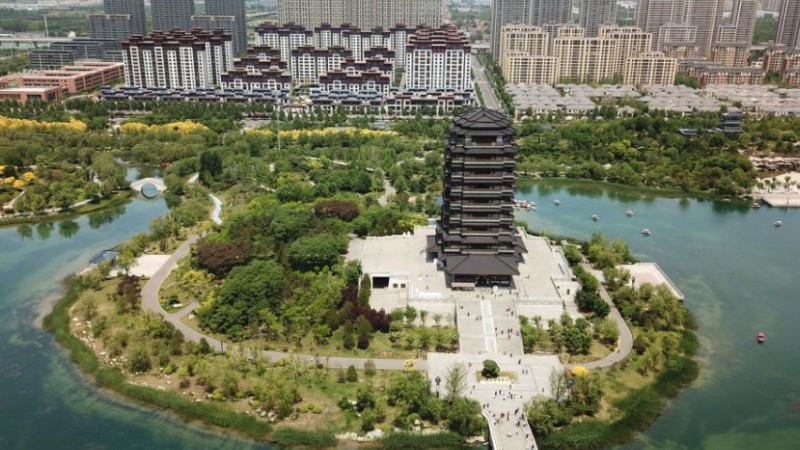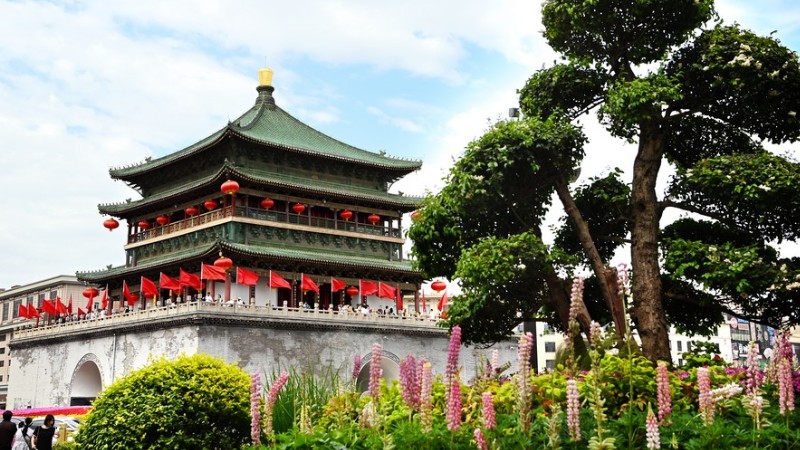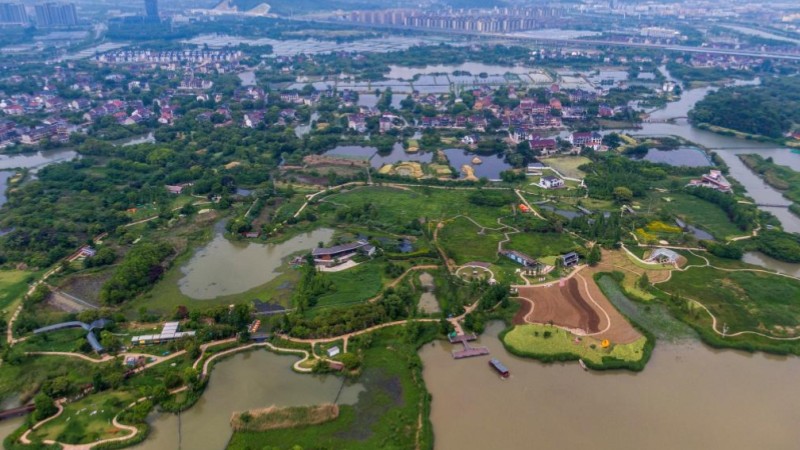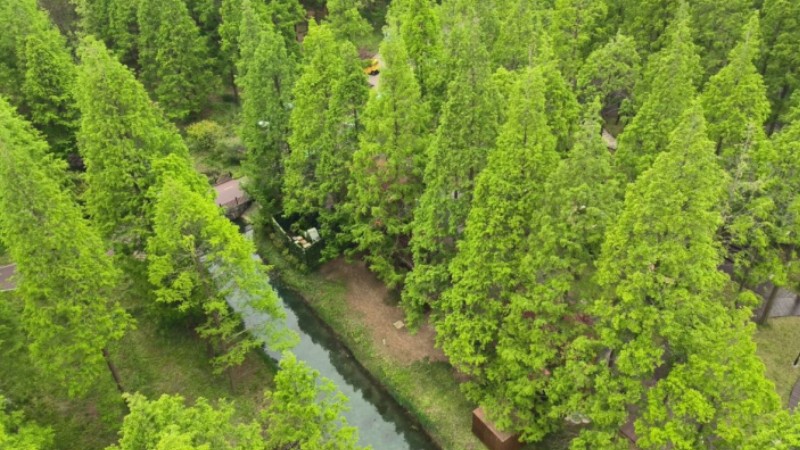Preserving "world-class treasure" of Xi'an ancient city wall
XI'AN, May 11 (Xinhua) -- At the heart of northwest China's Xi'an, a city with over 3,100 years of history, stands the country's largest and best-preserved ancient city wall, which is deemed a "world-class treasure" by Chinese President Xi Jinping.
Stretching over 4 km from east to west and some 2.7 km from north to south, the city wall was built as a military defense system over 600 years ago on the foundation of a prior structure dating back to the Sui and Tang Dynasties (581-907). It is up to 14 meters wide at the top and consists of a series of military facilities including watchtowers and crenels.
The city wall encircles the old town of Xi'an, where a cluster of relics has borne witness to the past glories of the capital of Shaanxi Province, also the starting point of the ancient Silk Road. Overlooking the city wall, highrises have emerged to demonstrate the city's ongoing efforts to embrace modernization.
For a long time in history, there had been a lack of adequate protection for the city wall. Some parts of the wall had sustained damage, and certain interior spaces had been occupied by individuals with no fixed abode.
Things started to change in the 1980s when China's leadership was alerted about the precarious situation and an extensive preservation project was launched. Thanks to the preservation efforts, the lost splendor of the wall was gradually restored.
On Feb. 15, 2015, days before the Chinese New Year, Xi, also general secretary of the Communist Party of China (CPC) Central Committee and chairman of the Central Military Commission, climbed up the city wall during an inspection tour of Shaanxi and learned about its preservation work.
Describing the Xi'an city wall as a "world-class treasure," he stressed the importance of ensuring its protection and preservation.
"I could feel that the city wall means a lot to President Xi," said Geng Hongmei, an official with the Xi'an city wall management committee who was on site that day.
Geng said she vividly remembers Xi walking on the wall, pausing to engage with a cheering crowd and extending his warm wishes for a happy Chinese New Year and a joyful life.
Three months later, Xi was at the Xi'an city wall again with visiting Indian Prime Minister Narendra Modi. Modi was accorded a traditional Tang Dynasty welcome at the city wall and Xi greeted him at a watchtower of the wall. They also enjoyed a brilliant art performance staged by Chinese artists.
Xi has on many occasions stressed the significance of protecting cultural and natural heritage. "History and culture are the soul of a city, and people should cherish historical and cultural heritage as treasuring their own lives," he once said.
China will put more effort into protecting cultural artifacts and heritage, and better protect and preserve historical and cultural heritage in the course of urban and rural development, Xi said in the report to the 20th CPC National Congress.
Encouraged by Xi's words, Xi'an has in recent years stepped up efforts to protect the city wall, creating a mechanism with detailed regulations and innovative measures, according to Wu Chun, deputy director of Xi'an city wall management committee.
For example, a tiered warning system has been established, and quick response measures are taken to curb any potential damage. Regular patrols are conducted and over 8,000 monitoring points have been set up at the city wall.
After years of preservation work, the wall, alongside the surrounding scenic area with lush greenery and clear moat water, has been integrated into the urban life of Xi'an and become a popular recreational and tourism destination.
In the recently concluded May Day holiday, this spot received nearly 240,000 visits in five days, according to the management committee.
For 36 years, the city wall of Xi'an has been illuminated by a spectacular lantern festival, which has become a hallmark Spring Festival celebration. Additionally, a variety of other cultural activities, including kite-making and Tang poetry recitals, are regularly held here, helping to preserve and celebrate the rich and vibrant traditions of Chinese culture.
Photos
Related Stories
Copyright © 2023 People's Daily Online. All Rights Reserved.









